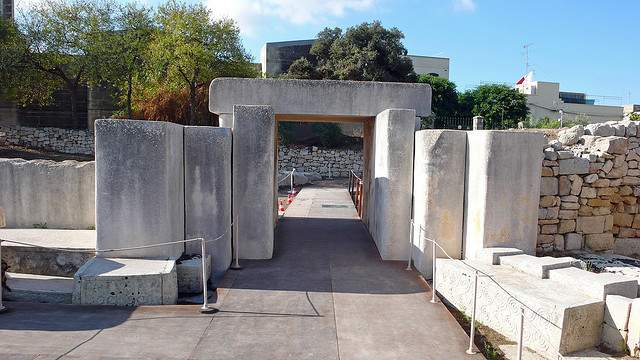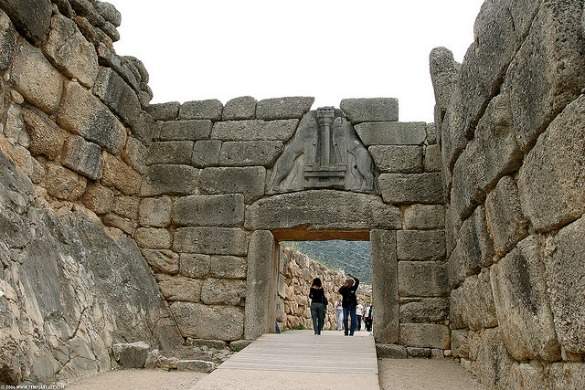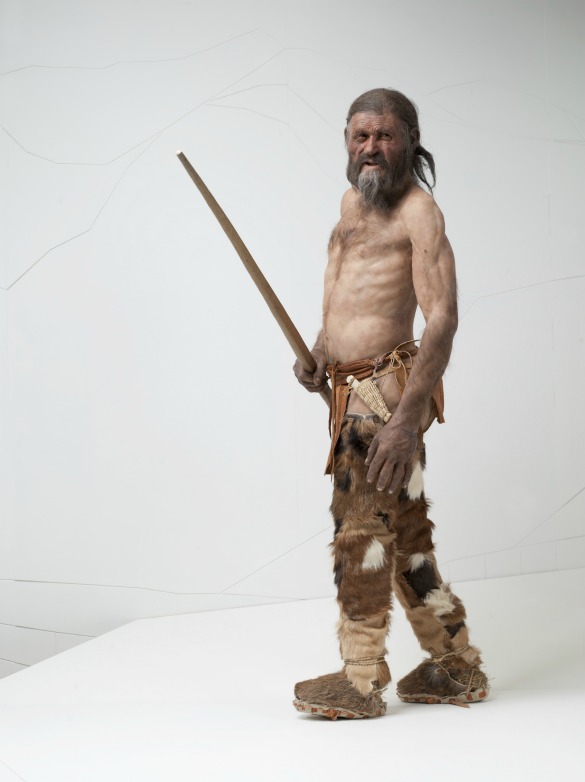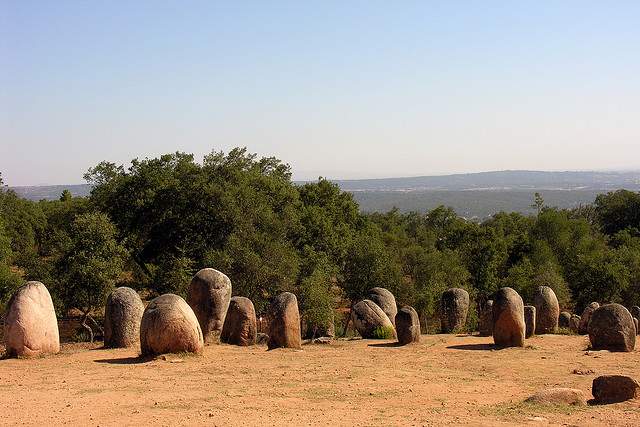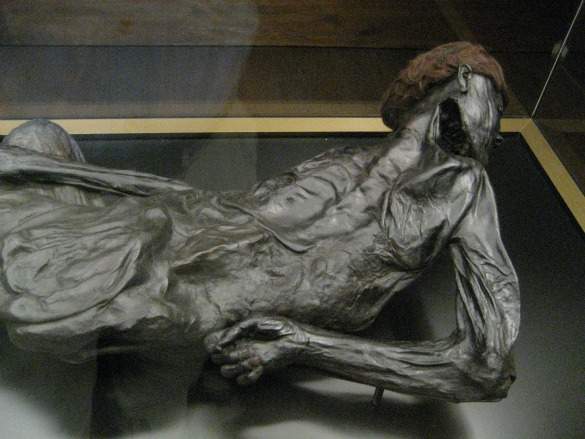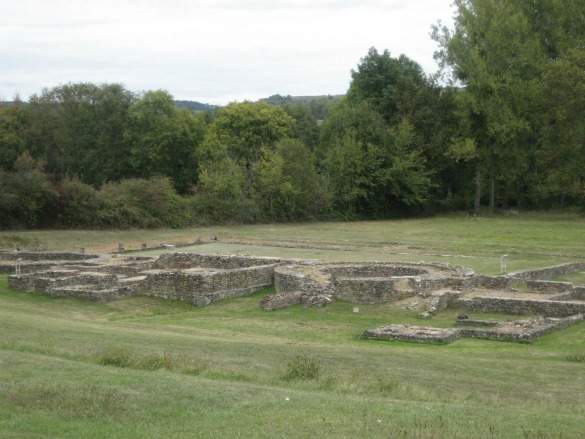Long before the age of recorded history, man was hard at work building monuments, devising tools, and scratching out a living in a world where simple survival was the greatest challenge. Thousands of years later, archaeologists continue to discover relics from this time — buildings, artifacts, and even human remains – that help us to envision what life was like for early humans.
Stonehenge will probably always be the #1 prehistoric site on everybody’s bucket list. But the world is full of other underrated prehistoric attractions each with its own aura of mystery. Some of these lesser knowns are overshadowed by grander (or better publicized) sights nearby. Others are located off the typical tourist track requiring a little more effort to unearth. But all of them fill us with awe and help us feel connected to a very distant past. Here are some of those unsung wonders:
Tarxien Temples and the Hypogeum – Malta
Believe it or not, the megalithic temples on the Mediterranean island of Malta are the oldest surviving free-standing structures in the world. And the Tarxien Temples, dating from 3000- 2500 B.C., offer an excellent look at stately standing stones and portals that shelter inner chambers where priests performed sacred rites.
Intricate stonework is a highlight here. A stone altar decorated with carvings of animals may have been used for animal sacrifice, and the lower portion of one of the statues affectionately known as the “fat ladies” presides over the ruins from her pedestal perch — a chubby fertility goddess wearing a demure pleated skirt.
Malta’s most acclaimed prehistoric site is just a 10- minute walk from the Tarxien Temples: a strange underground burial site, believed to hold 7,000 bodies, called the Hypogeum. Entrance to the site is strictly regulated with only 60 people permitted to enter each day, and it is a real privilege to climb down into the elaborate subterranean chambers. Working with primitive tools and little light, the ancient builders faithfully replicated the above-ground temples (like Tarxien) carving pillars and portals out of the solid rock.
The Mystery: No one knows much about these temple builders except that they were obviously part of a very sophisticated culture. More importantly, no one understands why they abruptly stopped building their impressive temples and seemed to suddenly disappear.
The Tarxien Temples and the Hypogeum are an easy bus ride from Malta’s capital city of Valletta. For a better understanding of the monuments (and for a look at lots of “fat lady” statues) visit the National Museum of Archaeology in Valletta.
>> Find flights to Malta and check out seven lesser-known islands, including Malta
Mycenae – Greece
This ancient Greek citadel, a former powerhouse of the Peloponnese, is located on a rocky hilltop affording views out over the plains. Inhabited since 4,000 B.C., Mycenae immediately impresses with its massive stone walls and an elegant entranceway called the Lion Gate, considered one of Europe’s first monumental sculptures.
This is also a place steeped in myths and legends. It was here that Agamemnon was murdered in his bathtub by his wife and her lover. In fact, Mycenae only existed in the poems of Homer until 1874 when Heinrich Schliemann, a German amateur archaeologist who took Homer seriously, began excavating.
Today the site includes the fortified acropolis and the surrounding tombs. Don’t miss the beehive-shaped Treasure of Atreus (aka the Tomb of Agamemnon) and bring a flashlight for a climb into the secret cistern that provided Mycenae with fresh water during lengthy sieges.
The Mystery: The stones used to build these fortifications are so large the Greeks described them as “cyclopean,” believing that only the mythological Cyclops could have maneuvered such huge stones.
Mycenae is located about 12 miles north of Nafplion. Another worthwhile prehistoric site in the area is the fortress at Tiryns, also built with cyclopean walls.
>> Read our Mycenae guide and check out nine incredible archeological sites in Greece
Otzi the iceman – Italy
Eerily well-preserved, Otzi the iceman is on display at the South Tyrol Museum of Archaeology in Bolzano, Italy. A small window provides a look inside the special room where high-tech temperature control prevents Otzi from deteriorating. The iceman was discovered in 1991 by two German tourists hiking in the Otzal Alps. In that desolate location, snow and ice had protected him for 5300 years, leaving his skin and even his internal organs intact.
Just as fascinating as the iceman himself are his clothes and his extensive toolkit. Otzi’s most valuable possession was a copper axe that suggests he may have been a warrior or a tribal leader. Check out Otzi’s fashionable look: his hat, cape, leggings, shoes, and even his comfy goatskin underwear! Finally, stand in front of the museum’s lifelike reconstruction of the iceman and get a good glimpse of a very real prehistoric man.
The Mystery: Initially, scientists believed Otzi died of natural causes or possibly froze to death. However, x-rays have revealed the iceman was shot in the back with an arrow. Clearly, Otizi’s death was a homicide. Like a prehistoric cold case file, theories about Otzi’s demise abound. Was he the victim of attempted robbery (maybe somebody wanted that copper axe)? Or did Otzi fall out of favor in a coup d’état – an ousted leader on the run who was tracked down and shot in the back?
Note that the entire South Tirol Museum of Archaeology is well worth a look (if you can tear yourself away from Otzi!).
>> Book a hostel in Bolzano
Newgrange – Ireland
Newgrange sits on a ridge north of Dublin, Ireland near the Boyne River, an ancient monument 1,000 years older than Stonehenge. When the Celts discovered Newgrange, they called it a “fairy mound,” and the site is literally a grassy mound that covers about an acre with a front wall of sparkling white quartz.
Access to the interior was originally blocked by an entrance stone, a stunning piece of megalithic art displayed at the front of the site. The stone is carved with swirling spires that might represent the sun and the stars, offer a welcome, or perhaps contain a warning. Enter along a 60-ft. passageway leading to an impressive corbelled vault. This ancient vaulted ceiling has remained intact and waterproof for 5,000 years despite the fact that it was built without mortar — just stacked stone. Newgrange has been described as a passage tomb, but it is more than just a burial place. It is believed to have been a house of worship, much like a prehistoric cathedral.
The Mystery: At dawn during the winter solstice, sunlight streams through an opening above the entrance, travels with remarkable accuracy along the passageway, and illuminates the entire chamber for about 17 minutes. No one knows what significance this event held for the ancients. The light may have symbolized life after death or maybe this was just a way to kick off the new year celebrations.
Two other prehistoric mound tombs can be visited near Newgrange: Knowth and Dowth
>> Find flights to Dublin or book a hostel in Newgrange
Cromeleque dos Almendres – Portugal
This sacred Portuguese sight is located in a secluded spot near the town of Evora in Central Portugal. Cromeleque dos Almendres is often called the “Portuguese Stonehenge,” but that is a classic case of overreaching. The ancient stones are rather simple; the charm here is in the off-the-beaten-track location and the chance that you might have the place to yourself.
Arrival is via a dirt road, traveling past gnarly cork trees with convoluted branches that look like something out of the Forest of No Return. One of the oldest stone circles in Europe, Cromeleque dos Almendres encompasses over 90 menhirs (standing stones). The stones are positioned in a double circle, and several are carved with unusual drawings.
The Mystery: One stone stands out because its flat top is full of holes. This dimpled stone may have been a tool used for astronomical observations, an altar for fertility rites, or some kind of game board (maybe an early version of Chinese checkers?).
The Evora area contains dozens of prehistoric sites including the Great Dolmen of Zambujeiro
>> Find flights to Portugal and check out our Portugal travel guide
Grauballe man – Denmark
Denmark’s Grauballe man is the star of the Moesgard Museum near Arhus. He was discovered in 1952 by some local peat cutters, and at first, townspeople thought he was just a drunk who had fallen into the quicksand-like bog. It turned out that he was the best-preserved Iron Age bog man ever discovered in Europe.
The special chemical composition of the bog water acted as a preservative keeping this 2,000 year-old man in exceptionally good shape. Although his skin looks quite leathery in his dimly lit display case, his hands and feet are particularly intact – so well-defined that you could take his fingerprints. And he still has his hair!
When he died, the Grauballe man was about 30 years old, 5’ 7” tall, and in perfect health except for his teeth that show signs of periodontal disease (guess he forgot to floss). Oh, and the fact that his throat was cut from ear to ear!
The Mystery: Bogs were often used to make sacrifices to the gods. Considering the gruesome way he died and the fact that he was buried naked, the Grauballe man may have been a human sacrifice.
The Moesgard Museum is an easy bus ride from downtown Aarhus, Denmark’s second largest city. Museum admission also includes access to the Prehistoric Trail with reconstructed Viking homes.
>> Book airfare to Denmark or find a hostel in Copenhagen
Les Fontaines Sallees – France
Near Vezelay in the Burgundy region of France, the salt water springs of les Fontaines Sallees still lure visitors as they have since prehistoric times. Back then, people were drawn here for the salt — a precious commodity that not only preserved food, but also inspired religious ceremonies, and was renowned for its medicinal properties, curing illnesses such as rheumatism and skin diseases.
The salt fountains are situated in a pleasant clearing accessed by a poorly-marked path. Low-lying walls clearly delineate the circular temple of the Gauls, the holy place where Druid priests and priestesses once worshipped their water gods. The spring was covered up hundreds of years ago to keep out salt smugglers and was only revealed in 1934 by a scholar chasing medieval legends. The words of a troubadour ballad led him to this place — another case of legends leading to discoveries.
The Mystery: Over 4500 years ago, ancient people hollowed out oak trees forming wooden well casings to capture the prized, salty liquid. Remarkably, their unique wells still remain, safeguarded by the minerals in the water. Inside these little wooden tubs, the sacred water hisses and bubbles as gases like nitrogen and helium rise to the surface. Who knows what healing powers these waters may still hold?
For a look at prehistoric cave paintings visit Grottes d’Arcy-sur-Cure about 20 minutes north of Les Fontaines Sallees.
>> Check out our France travel guide or read about hidden places in the South of France
Photos provided by Frank Supsic and may not be used without permission except #1 – Michel27, by , #2 – by Templar1307, #3 – by Kennis © South Tyrol Museum of Archaeology, Augustin Ochsenreiter, #4 – by flicks-of-micks and #5 by PhillipC
